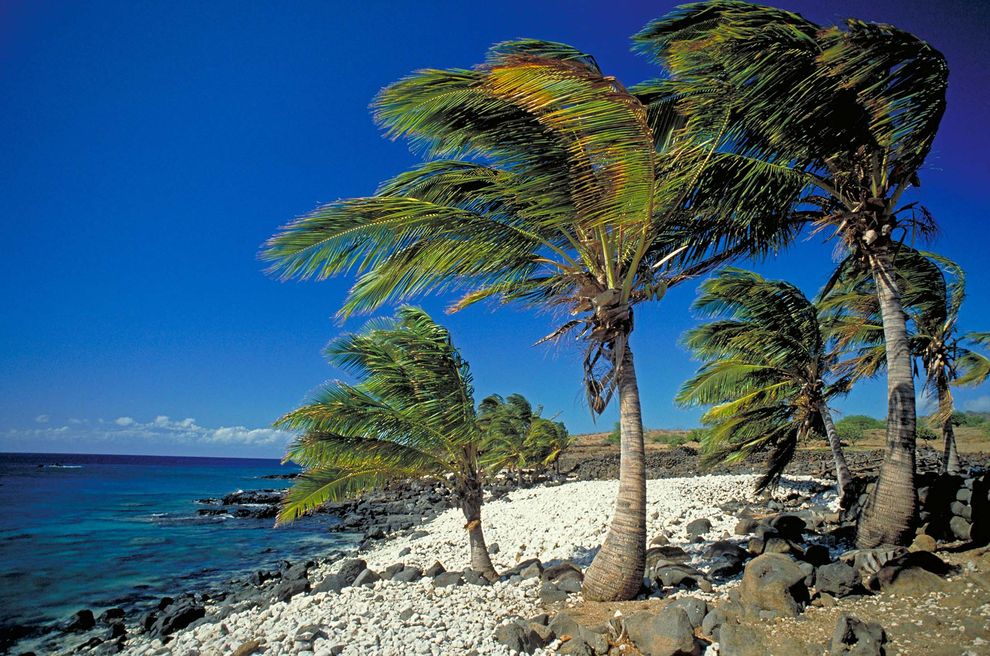Global warming clearly hasn’t stopped: the ten hottest years

A lot of the energy from global warming has been hiding lately under the surface of the Pacific Ocean—and in the future it will come back out in a burst of heat, a new study concludes. The study published in Nature Climate Change finds that equatorial trade winds have been blowing harder over the Pacific for the past two decades, forcing more heat down into the ocean.
Since 2001, the average air temperature at Earth’s surface has risen more slowly than it did in previous decades. Climate change skepticshave seized upon the “pause” to argue that global warming has stopped,using the current cold winter in the U.S. to buttress their case. Global warming clearly hasn’t stopped—the ten hottest years on record have all occurred since 1998, with 2010 being the hottest ever. But climate scientists are nonetheless trying to understand why the atmosphere has been warming more slowly than before, even as concentrations of heat-trapping greenhouse gases have continued to rise.
A growing body of research suggests that some of the missing heat has been going into the Pacific.
Trading Heat
The new study was led by Matthew England of the Australian Research Council Centre of Excellence for Climate System Science. He and his colleagues used observations and detailed computer simulations to tease out the effect of trade winds on surface temperatures. As the winds blow west along the Equator, they push warm water ahead of them, piling it up in a warm pool in the western Pacific.
Since the 1990s, the winds have strengthened by as much as 50 percent in some areas. The “strong trade winds,” says study co-author Gerald Meehl of the U.S. National Center for Atmospheric Research, “are bringing cooler water to the surface in the equatorial Pacific and mixing more heat into the deeper ocean.”
In effect, the researchers say, the missing heat from global warming is being stored in a deeper warm pool in the western Pacific. England and his colleagues calculated that the stronger trade winds have reduced the global average surface temperature by 0.1-0.2 degrees Celsius (0.18-0.36 degrees Fahrenheit)—enough, they write, “to account for much of the hiatus in surface warming observed since 2001.”
“Without the 20 or so years of strengthened wind,” says England, “we would’ve seen quite significant warming over the past decade.”
What Goes Down, Must Come Up
The intensification of the trade winds results in part from a natural El Nino-like climate cycle called the Interdecadal Pacific Oscillation, England says. But the extent of it is unprecedented in the observational record, and it’s not fully understood. Figuring out the cause of the intensification is important: It might allow researchers to predict when the winds will slack off again, allowing the heat now stored in the Pacific to come belching out again.
“You can’t keep pumping heat into the ocean,” says England, “shoveling it in year after year, without eventually seeing that heat interacting again with the atmosphere and warming the atmosphere.
“In due course, the atmosphere will warm up as though the hiatus never occurred. But regardless of when it ends—in a couple of years or in a whole decade—our research suggests the warming will be quite rapid.”

